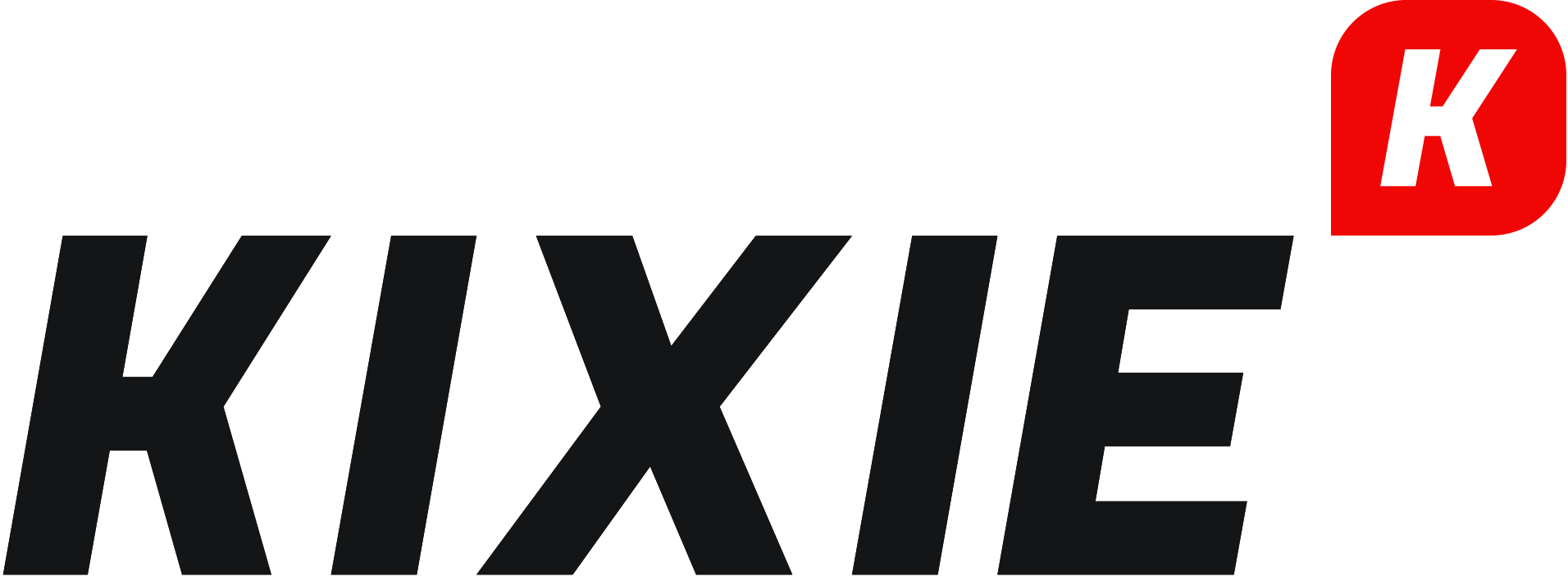When your sales team needs to rapidly call new or high-priority leads,
Kixie’s PowerLists let reps dial through a curated list with just one click.
But how do you ensure these lists are always up to date with the latest HighLevel leads?
In this guide, we’ll explore two approaches—no-code (using the HighLevel UI and Kixie dashboard)
and API-based—to seamlessly sync HighLevel contacts into a Kixie PowerList for automated
outreach. We’ll also show how to loop call outcomes (dispositions) back into HighLevel so your
team always knows next steps.
1. Overview of HighLevel Triggers for Contact Outreach
HighLevel offers several triggers that you can use to identify which leads should be pushed into Kixie’s PowerLists. Let’s look at the most common scenarios:- New Contact Created: Whenever a new lead appears in HighLevel, immediately queue them in Kixie’s PowerList.
- Tag Applied: If a contact gets labeled “Hot Lead” or “Ready for Demo,” that’s a perfect moment to add them to a rapid-call PowerList.
- Opportunity Stage Changed: If your pipeline moves a contact from “Nurture” to “Qualification,” an instant call attempt might be warranted.
- Other Workflows: HighLevel’s automation can look for specific custom fields, last activity date, or campaign membership. If it matters for your funnel, you can usually turn it into a “Trigger → Add to Kixie.”
2. The No-Code Approach: Linking HighLevel & Kixie via Dashboards
2.1 Create or Identify a PowerList in Kixie
In your Kixie dashboard, head to PowerLists. You can either create a new PowerList (e.g., “New Leads – HighLevel”) or use an existing one. Typically, you’d have something like:- Name: “HighLevel Hot Leads”
- Columns or Fields: At minimum, phone number and contact name. You can also include email, tags, or other data you want to see while calling.
- Access Control: Ensure the correct sales reps have permission to dial this list.
2.2 Enable a Webhook or Form Post in HighLevel
Inside HighLevel, create a new Workflow with your chosen trigger. For example:- Trigger Event: “Contact Tag Added” or “Contact Created.”
- Action: Select “Webhook” as your next step. HighLevel will ask for a URL to post the contact data.
2.3 Grab Kixie’s Webhook URL
In Kixie’s “Manage Kixie Event Webhooks” (or a similar area if purely no-code), you might find an option to “Create a new endpoint” or “Get inbound URL”. However, this sometimes varies by account tier. If Kixie supports a direct, no-code approach to “Add to PowerList on inbound data”, you’ll see a URL you can copy. If not, you may need a small “bridge” (like Zapier) or a custom endpoint to handle the request from HighLevel and then push to the Kixie PowerList.2.4 Test the Workflow
1. Add or tag a contact in HighLevel. 2. Observe in Kixie if that contact appears in your target PowerList. 3. If it doesn’t appear, double-check the Workflow logs in HighLevel to confirm the webhook was sent—and ensure Kixie received it without errors. Once everything syncs, your reps can open Kixie’s PowerList and see those newly added HighLevel leads ready for a quick dial session—no manual import needed.3. API Approach: Directly Creating or Updating PowerLists
3.1 Fetching HighLevel Contacts by API
If you need more advanced logic—like pulling leads from the past 24 hours who also have “Interested” stage—you can do it via HighLevel’s API. For instance:
// Example: GET /contacts?tags=Interested&createdAfter=2023-08-01T00:00:00Z
// (Exact parameters depend on HighLevel's API docs)
3.2 Adding Contacts to a Kixie PowerList via API
Use Kixie’s PowerList API endpoint (e.g.,POST /powerlists/:id/contacts) to
append a new contact. The body might look like:
{
"contactName": "Jane Doe",
"phoneNumber": "+15551234567",
"email": "[email protected]",
"tags": ["Interested", "HighLevel"]
}
POST /powerlists first to create it
(programmatically).
3.3 Running the Script on a Schedule
You could host a small script on a platform like AWS Lambda, Heroku, or a cron job. Once a day (or every 5 minutes), it:- Queries HighLevel for new/updated contacts meeting certain criteria.
- Adds them to Kixie PowerList via the PowerList API.
- Optionally removes old contacts who no longer qualify.
4. (Optional) “Closing the Loop”: Dispositions & Outcomes Back to HighLevel
If your reps update call dispositions in Kixie—like “No Answer,” “Voicemail Left,” or “Interested”—you can push that data back into HighLevel. Here’s how:- Kixie Webhook for Call Ended: In Manage Kixie Event Webhooks,
enable something like
endcallordispositionto send the outcome (e.g.,"outcome": "voicemail") to your endpoint. - HighLevel Workflow (or API) to Update the Contact:
If you’re doing no-code, you might have a 3rd-party app in between (Zapier, Make,
or a custom script) that interprets the outcome and then calls “Add Tag” or “Update
Opportunity Stage” in HighLevel.
For an API approach, you can call
PATCH /contacts/:idin HighLevel with { “tags”: [“Voicemail Left”] }, for example.
5. Best Practices for Automating Lead Outreach
- Keep PowerLists Lean: Don’t dump thousands of leads with no filter. Focus on high-potential contacts or newly updated leads so reps spend time where it counts.
- Test Each Workflow Step: Even a minor mismatch (e.g., phone field name or tag difference) can break the automation. Validate frequently with real test leads.
- Handle Duplicates: Decide whether Kixie should allow duplicates in PowerLists or if you prefer to skip them. This often depends on your calling strategy.
- Train Reps on Dispositions: Make sure your team logs calls properly in Kixie so HighLevel always has accurate, up-to-date lead statuses.


